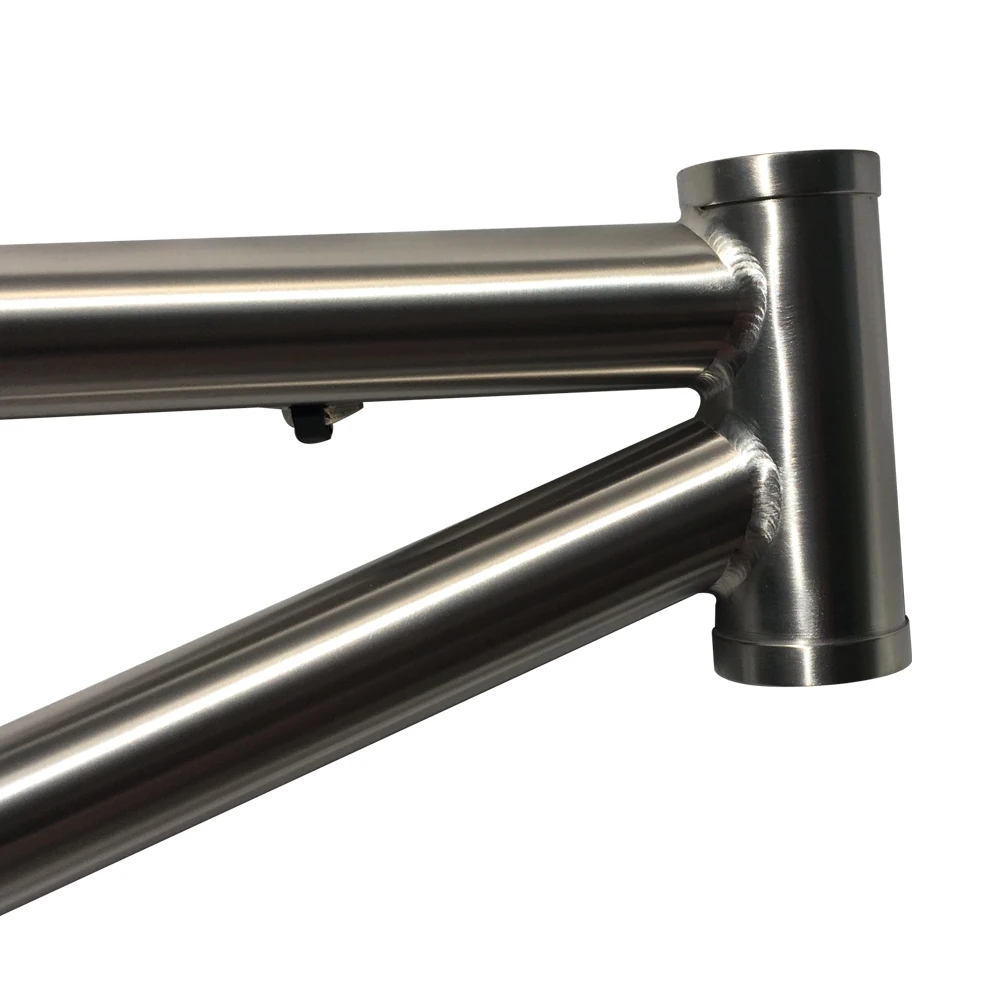In the world of BMX, precision, control, and manoeuvrability are essential. Every part of the bike plays a crucial role in defining its performance. Among these components, the head tube angle is one of the most influential factors in determining how a BMX bike handles. This geometric attribute holds significant sway over the bike’s stability, responsiveness, and overall feel, making it a focal point for both riders and bike designers.

Understanding the significance of the head tube angle is crucial for people who want to optimise their fun on different terrains and in various riding scenarios. The head tube angle is the angle formed between the head tube (the part of the frame that holds the fork) and an imaginary line perpendicular to the ground. This angle is responsible for determining the steering responsiveness and stability of the bike. In BMX, head tube angles typically range from around 74 to 76 degrees, although there are variations outside of this range depending on the specific type of riding and bike design preferences.
Impact on Handling Characteristics
The head tube angle is a crucial factor in determining the handling characteristics of a BMX bike. It significantly impacts how the bike responds to the rider’s input and performs in different riding conditions. In this article, we will examine how head tube angles affect various aspects of bike handling.
One of the primary trade-offs influenced by the head tube angle is the balance between stability and manoeuverability. A steeper head tube angle, typically around 75 to 76 degrees, provides a more responsive and agile feel. This configuration allows for quicker turning and sharper handling, making it ideal for technical riding styles that require precise control and rapid direction changes.
On the other hand, a shallower head tube angle, usually around 74 to 75 degrees, promotes greater stability at higher speeds and during straight-line riding. This setup offers a more relaxed steering response, providing a stable platform for riders tackling high-speed lines or navigating big bowls where stability is essential.
In BMX park riding, where aerial manoeuvres and tricks take centre stage, the head tube angle can significantly impact the bike’s performance in the air. A slightly steeper head tube angle can enhance the bike’s responsiveness when popping off ramps and executing aerial manoeuvres, allowing riders to make quick adjustments mid-air with ease.
Conversely, a slightly shallower head tube angle may offer a more stable platform for landing jumps, providing a smoother and more controlled touchdown.
How You Ride
Different styles of riding environments and terrain can affect the ideal head tube angle for optimal performance. For example, street riders may prefer a slightly steeper headtube angle to facilitate precise handling and manoeuvrability for more technical tricks.
Conversely, riders focusing mainly on parks or trails may select a shallower head tube angle to prioritise stability and control at higher speeds and during landings.
In addition to technical considerations, personal preferences and riding style also play significant roles in determining the ideal head tube angle for individual riders.
Some riders prefer a more responsive and agile feel, opting for a steeper head tube angle to complement their aggressive riding style and penchant for technical manoeuvres.
Similarly, riders prioritising stability and confidence-inspiring handling may prefer a shallower head tube angle, providing a more relaxed riding experience without sacrificing control or stability.
Benefits of a Steep Head Angle for Street
A steep head tube angle is preferred in street BMX riding due to its positive impact on bike handling characteristics. It provides quick steering response, nimble handling, and precise control, enabling riders to navigate urban environments, negotiate obstacles, and execute technical manoeuvres with confidence and style. The agile handling facilitated by a steep head tube angle is particularly advantageous for street BMX riders who frequently encounter ramps, ledges, stair sets, and other urban features that require dynamic manoeuvring. Overall, a steep head tube angle enhances riders’ ability to ride with agility and precision in the dynamic and challenging landscapes of urban riding.
Benefits of a Mellow Head Angle for Trails
A head angle of 74 to 75 degrees is ideal for those who ride BMX trails and dirt jumps. It provides stability at high speeds, confidence while jumping and landing, predictable handling, and versatility across different riding styles. With a mellow head angle, riders can maintain control and confidence during descents and landings. This angle offers several benefits, making it well-suited for riders seeking a versatile bike capable of handling various riding conditions and terrain types. So, if you want to maximise your enjoyment and progression on the trails and in the air, consider a bike with a mellow head angle.
BMX riding is all about precision, control, and manoeuvrability. That’s why the head tube angle is such a crucial factor in determining a bike’s handling characteristics. With the right knowledge and understanding, you can optimize your performance and take your riding to the next level. By mastering the impact that variations in head tube angle have on stability, responsiveness, and overall ride feel, you’ll be better equipped to tackle any terrain and challenge yourself in new and exciting ways.

Leave a Reply